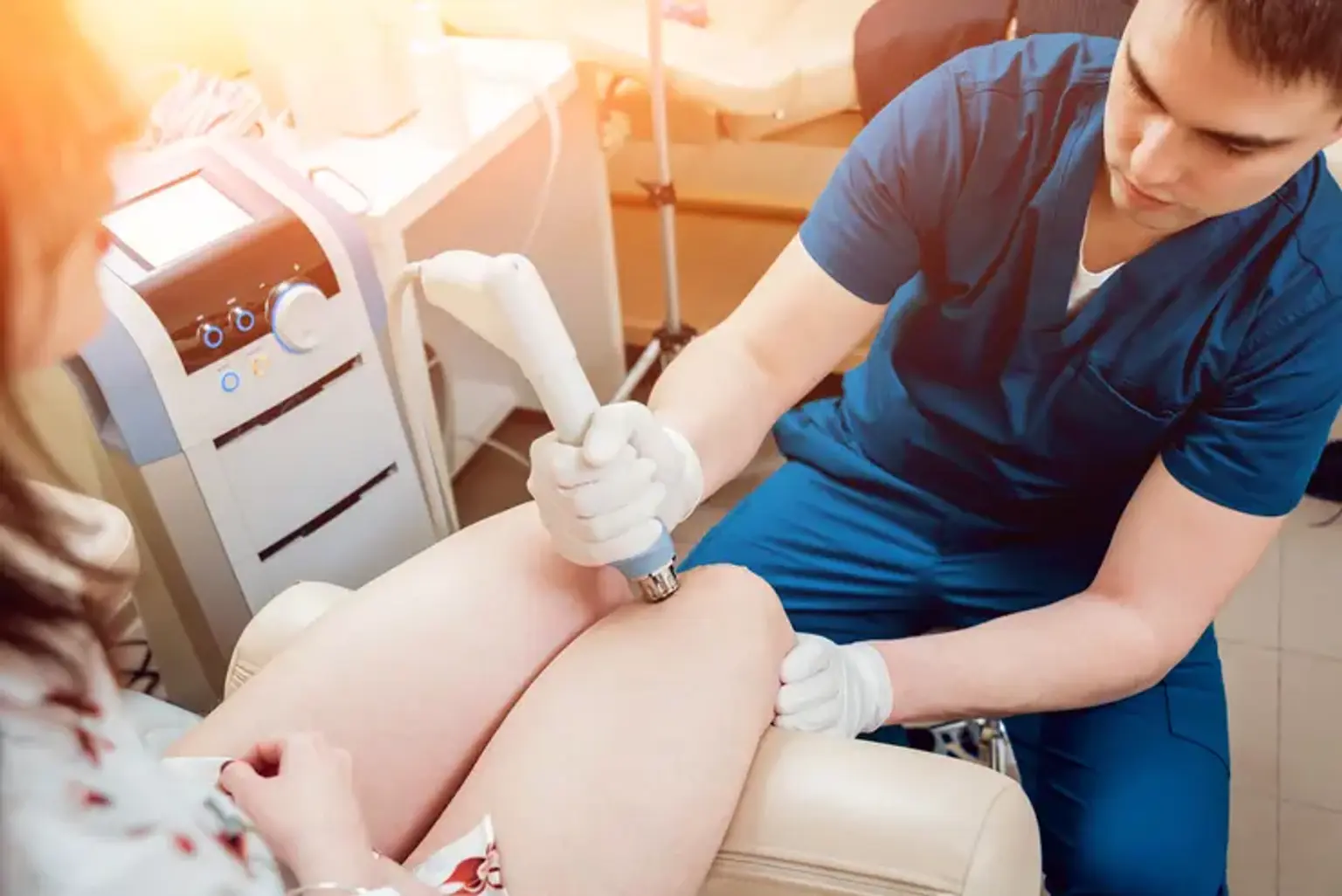Core Laser Therapy
Overview
While most individuals are aware of the concept of physical therapy, few are aware of the extensive range of therapies available. New patients frequently arrive with preconceptions about physical therapy, which are not always incorrect.
They may expect to use brightly colored resistance bands, cycle on an exercise bike, or even use electrical muscle stimulation devices. However, it’s unlikely that laser therapy will cross their minds.
Though lasers may appear to be future technology, physical therapists know otherwise. Physical therapists have been utilizing lasers to speed up the healing process for over five decades, beginning in 1967.
